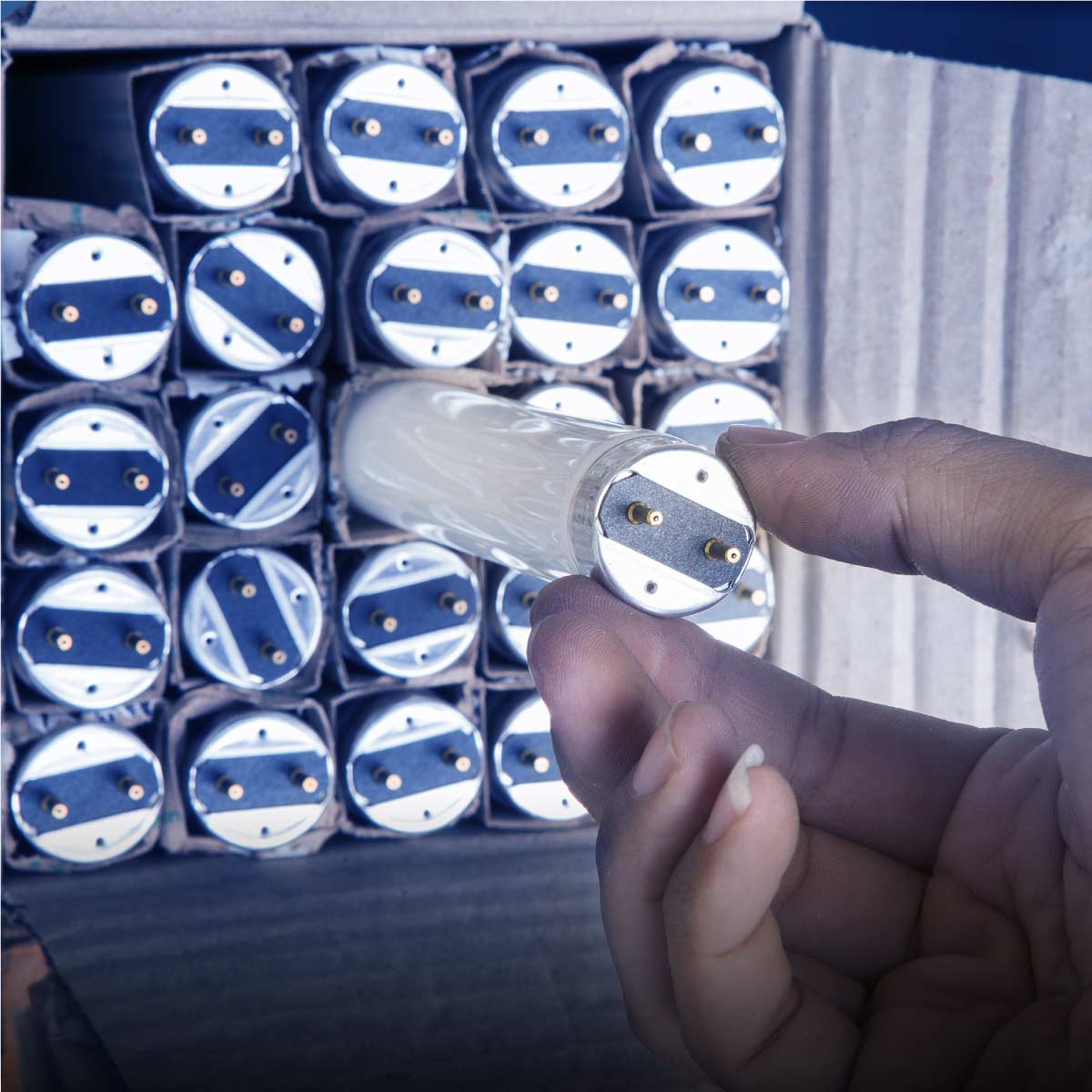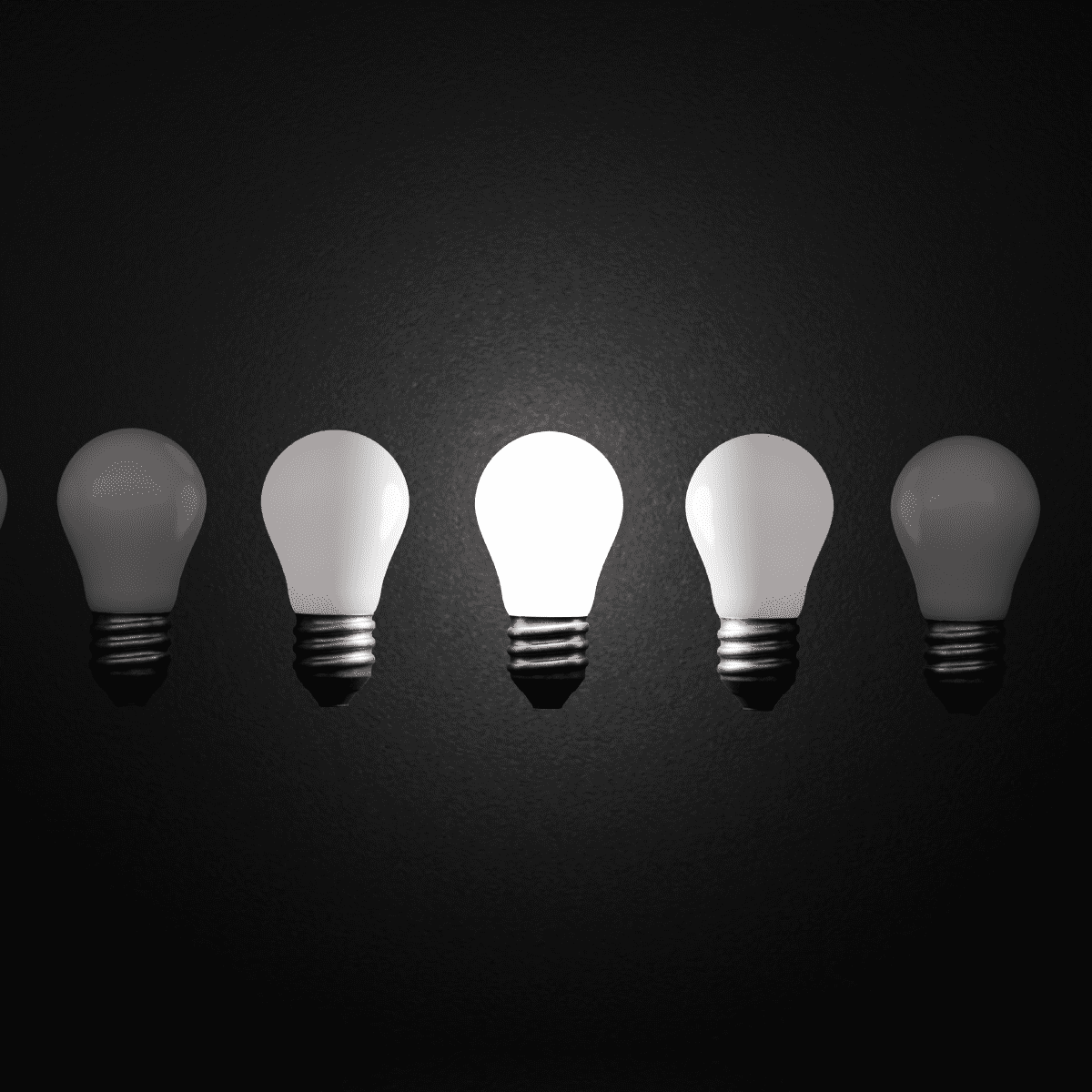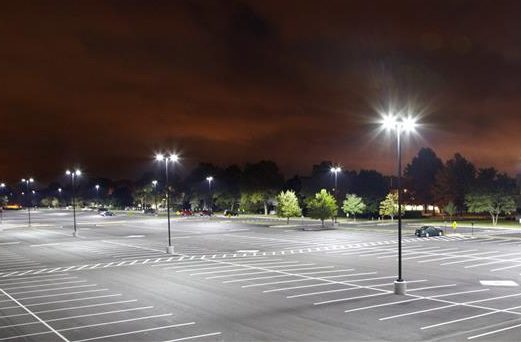Fluorescent lighting technology has come a long way since its inception, and today, it offers a wide range of options to cater to various lighting needs. Among the most popular choices are T5, T8, and T12 fluorescent lights. These are all types of fluorescent linear tubes, categorized by their tubular-shaped design, and are among the most common lamps used as a light source in many applications. Each type has its own unique characteristics, making it suitable for specific applications. In this guide, we’ll dive into the world of these fluorescent lights, comparing and contrasting their sizes, applications, and energy efficiency to help you make informed lighting choices.
Introduction to Fluorescent Lighting
Fluorescent lighting has revolutionized how we illuminate our homes, offices, and commercial spaces. Unlike traditional incandescent bulbs, fluorescent lamps use a unique process to generate light. Electricity passes through a gas inside each fluorescent tube, producing ultraviolet (UV) light. This UV light then interacts with a special phosphor coating on the inside of the tube, creating the visible light we see.
This advanced light creation method is much more efficient than older lighting technologies. Fluorescent bulbs and fluorescent tubes can use up to 75% less energy than incandescent lamps, making them a smart choice for anyone looking to save on energy costs. The energy efficiency of fluorescent lamps not only leads to significant energy savings but also means these bulbs last much longer than other bulbs, reducing the need for frequent replacements.
Thanks to their efficiency and versatility, fluorescent lighting solutions are widely used in both commercial and residential projects. Whether you need to brighten up a large office, a retail store, or your own home, fluorescent lights offer a reliable and cost-effective option. Their ability to deliver high-quality light while consuming less energy has made them a staple in modern lighting, helping businesses and homeowners alike achieve lower energy bills and a smaller environmental footprint.
T5 Fluorescent Lights with Electronic Ballast
Size: T5 fluorescent lights are known for their slender and tubular design. They typically have a diameter of 5/8 inches, which is smaller compared to other fluorescent tubes. This represents a dramatic reduction in size compared to T8 and T12 tubes, while still providing equal or sometimes more light output than these other common lamps.
Applications: T5 fluorescent lights are versatile and find application in various settings. Their compact design makes them an excellent choice for environments where space is limited. T5 lights are often chosen for commercial applications due to their efficiency and compact size. Common applications include:
- Office spaces
- Retail environments
- Educational institutions
- Healthcare facilities
- Industrial and warehouse settings
- Specialized applications like aquarium lighting
Energy Efficiency: T5 fluorescent lights are highly energy-efficient. They produce more lumens per watt compared to older T12 models, which means you get more light output for the same amount of energy consumed. T5 lamps are capable of creating light more efficiently compared to other common lamps, sometimes producing more light in a smaller form factor. Additionally, T5 lamps offer lower maintenance requirements and long-term cost savings, making them a preferred choice for many commercial and industrial settings. This efficiency translates into lower energy bills and reduced environmental impact.
T8 Fluorescent Lights
Size: T8 fluorescent lights are also a fluorescent linear tube but slightly larger than T5 bulbs, with a diameter of 1 inch. The T8 bulb is classified as eight eighths inch in diameter, compared to the five eighths inch diameter of T5 tubes.
Applications: T8 fluorescent lights are among the most commonly used fluorescent tubes. They are versatile and suitable for a wide range of applications, making them a popular choice for:
- General office lighting
- Retail and commercial spaces
- Schools and universities
- Warehouses and manufacturing facilities
- Hospitals and healthcare settings
- Residential lighting
T8 bulbs are commonly used in existing fixtures and can often be installed in fixtures originally designed for T12 lamps. When installing T8 bulbs in a T12 fixture, it's important to use ballast compatible lamps to ensure proper operation and performance
Energy Efficiency: T8 fluorescent lights are energy-efficient, offering improved efficiency compared to older T12 models. T8 fluorescent bulbs use electronic ballasts, which help reduce flickering and improve light quality, resulting in a brighter and more stable light source. T8 bulbs operate at lower wattage and voltage compared to T12, saving energy and reducing costs. However, using T8 bulbs with a T12 ballast can cause performance issues, so it is important to use the correct ballast for optimal results. While not as efficient as T5 lamps, T8s still provide substantial energy savings and are widely adopted for general lighting needs.
T12 Fluorescent Lights: Older Generation Fluorescent Bulb
Size: T12 fluorescent lights are the largest among the three types, with a diameter of 1.5 inches. As an older generation fluorescent bulb, the T12 uses outdated technology compared to newer options.
Applications: T12 fluorescent lights have been widely used in the past but are gradually being phased out due to their lower energy efficiency compared to T5 and T8 lamps. However, they can still be found in certain applications, such as:
- Older residential buildings
- Some industrial and commercial settings
- Areas where retrofitting is challenging or costly
Energy Efficiency: T12 fluorescent lights are the least energy-efficient among the three types. They use a less efficient method—electromagnetic induction—to produce light, resulting in more energy consumed for the same light generated compared to other fluorescent bulbs like T5 and T8. The main difference between T12 and newer fluorescent lamps is that T5 and T8 use advanced electronic circuits, making them more efficient and suitable for modern lighting needs. This inefficiency has led to their reduced popularity in recent years.
Comparing and Contrasting T8 and T12
Size
- T5: Smallest diameter (5/8 inches)
- T8: Medium diameter (1 inch)
- T12: Largest diameter (1.5 inches)
Applications
- T5: Versatile, suitable for various settings, including limited-space environments.
- T8: Versatile and commonly used in a wide range of applications.
- T12: Gradually being replaced but still found in some older or specialized applications.
Energy Efficiency
- T5: Highly energy-efficient, offering significant energy savings.
- T8: Energy-efficient, providing moderate energy savings.
- T12: Less energy-efficient compared to T5 and T8, resulting in higher energy consumption.
When comparing T5, T8, and T12 lamps, one important metric to consider is the color rendering index (CRI), which affects how accurately colors appear under each lamp type. Additionally, these lamps are available in various color temperature options, such as warm white (around 3000K), which is popular for creating a cozy and inviting atmosphere, as well as cooler daylight tones for different environments.
The choice between T5, T8, and T12 fluorescent lights depends on your specific lighting needs and considerations. T5 lights are the most energy-efficient and ideal for spaces where energy savings are a priority, while T8 lights strike a balance between efficiency and brightness, making them suitable for general lighting. T12 lights, while less efficient, may still be found in certain settings. Understanding the difference between T5, T8, and T12 lamps involves considering factors such as size, efficiency, color rendering index, and color temperature. Understanding the differences between these types will help you make informed decisions when it comes to illuminating your space efficiently. Learn more about different types of lighting options, or shop now for fluorescent lighting products.





